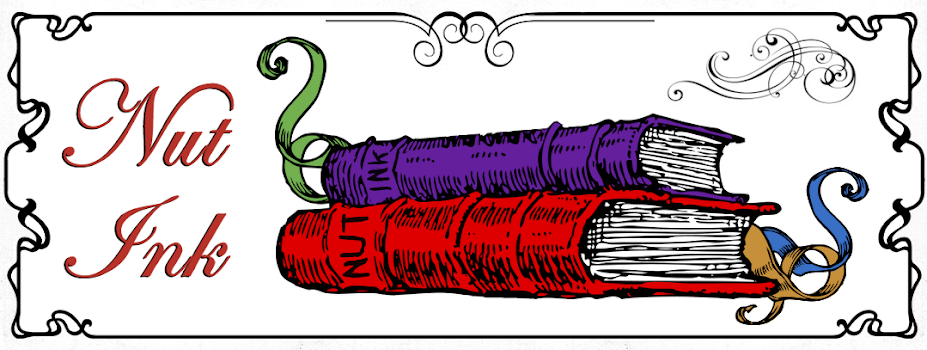Author: Alan Moore | Illustrator: David Lloyd | Page Count: 296
"They eradicated some cultures more thoroughly than they did others."
V for Vendetta is set in post-war Britain; while not directly involved in the nuclear bombardment, it did suffer some socio-economic fallout after it was over. It became a fascist state controlled by a select few, policed by the power-hungry and corrupt, and populated by the frightened. One man, V, a self-elected revolutionary, attempts to pull away the apathy, to wound the totalitarian regime and incite a passion for change in the populace. V orchestrates a violent and theatrical campaign against the oppressors. He’s a wakeup call to the sleeping masses. Being rudely awakened is unpleasant. It’s more comfortable to go on sleeping. But should we hate the alarm, or the reason it was set?
If V is the central protagonist of the work, which is debatable, then the City itself can be viewed as the most obvious antagonist, as V’s nemesis. The people that sit in positions of power are only there because the City let them get there.
I imagine the book is largely misunderstood outside of Britain (as evidenced by the film adaptation), because it mirrors the potential social stratification that could've taken place here, albeit in an extreme scenario. That kind of fractured class structure isn't distinctly British, but it is a deep rooted part of our culture, a part of our history and very possibly a part of our future. America wants to expand its hypothetical borders and rule the world. Britain wants to close its doors and rule its own back yard with an iron hand. (We don’t vote for who we think is best, we vote for who is the least worst, if we choose to vote at all.) That's the kind of environment that breeds—and needs—anarchy, and is the very same conditioning that must be overcome to view the work in its proper context. V isn't a hero. V is an anarchist. Can the two co-exist, or are they mutually exclusive? You'll need to decide that for yourself.
The colouring adds nothing to the work other than distraction. The panels are well drawn and dramatic so a suitably dramatic palette of black ink on white page would've been preferable.
Textually the book is full of ideas and can be seen as a prototype of what Moore would do with Watchmen (1987). It’s not quite as good as that seminal work, but it's damn close. The ‘New Edition’ includes two short interludes originally presented between the three distinct parts. They aren't part of the main continuity, so can be read or ignored as the reader wishes.
4½ iambic pentameters out of 5


No comments:
Post a Comment